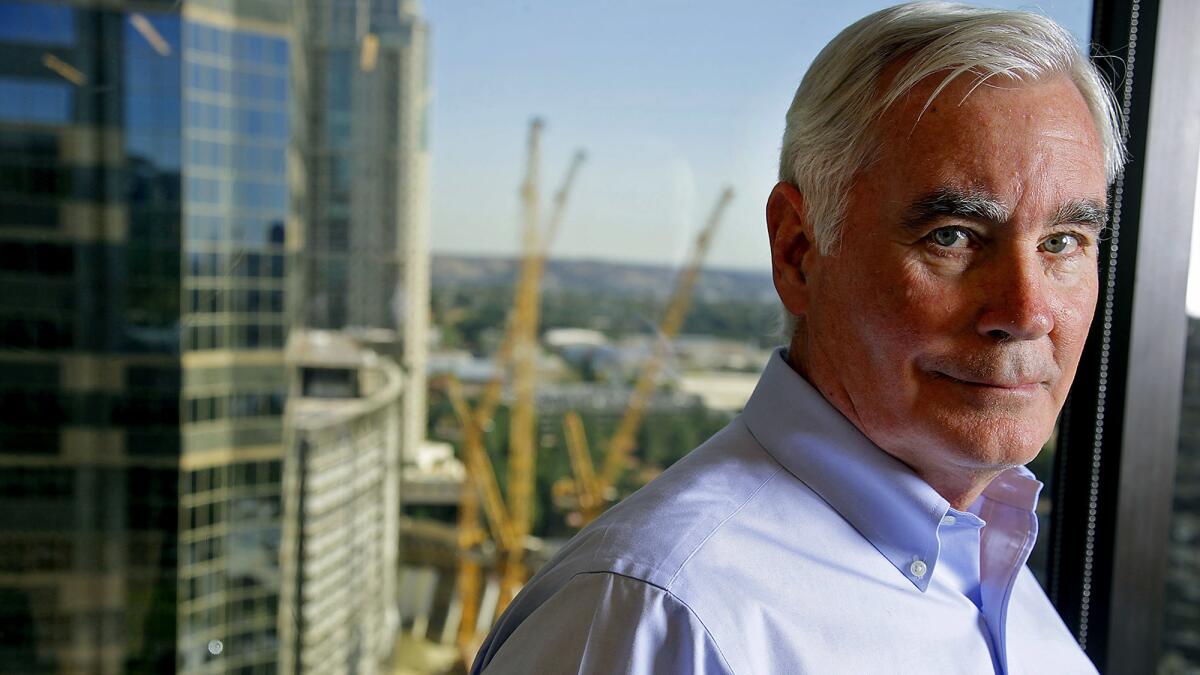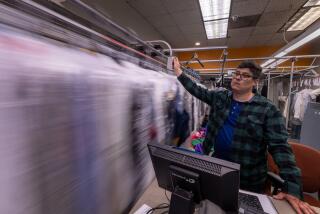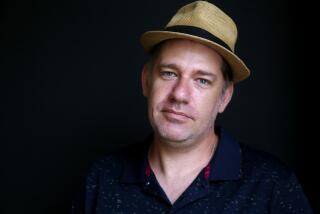How I Made It: He planned L.A.’s development. Now he builds it

Con Howe, 68, is a managing director of real estate company Cityview, which develops apartments and mixed-use projects in high-growth markets such as Los Angeles, San Francisco and Denver.
Howe, who spent 13 years as planning director for the city of Los Angeles, oversees the company’s developments in Los Angeles County, where his team has built or renovated 21 projects with a combined 2,500 units.
Early brush with fame
Howe grew up in Pittsburgh, where as a high school student in the late 1960s he met local legend Fred Rogers, star of the children’s television show “Mister Rogers’ Neighborhood.” Rogers had costumed students including Howe, who wasn’t an actor, join him in performances at Children’s Hospital of Pittsburgh to entertain the young patients.
“I was the owl,” Howe said. “The owl only had to say, ‘Hoo-hoo’ ”
He decided that Rogers was genuine in his kindness and warmth. “It wasn’t a stage presence. That was what he was really like.”
Catching the bug
While attending Yale as a political science major, Howe took time off between his junior and senior years to do a fellowship in New York Mayor John Lindsay’s office, where he helped with city planning functions.
The job helped him decide which career to pursue, and 1970s New York gave him a hard lesson about how far a city can fall.
“I lived in the South Bronx,” he said, “and learned what it was like to live in a neighborhood that was burning down.”
Serious about planning
After earning a graduate degree in planning from MIT, Howe stayed in Boston to work in Massachusetts Gov. Michael Dukakis’ office on economic development projects. In 1978, he headed back to the New York Department of City Planning.
He rose to director of the Manhattan office and then landed in charge of the department as executive director. During his 12 years with the department he visited all 59 community planning boards and worked with the city’s big-personality developers, including Donald Trump.
Art of the Deal?
The future president mentioned Howe in his book “Trump: The Art of the Deal” in a passage about Howe visiting his office in the mid 1980s to view Trump’s proposal for a massive office and housing development on former rail yards on the west side of Manhattan that would include the tallest building in the world.
“He said I was overwhelmed by his plans,” Howe recalled. “He mistook politeness and professionalism for approval.”
Moving west
In 1991, Howe was invited to appear on a panel in Los Angeles to discuss city planning issues. A year later, L.A. Mayor Tom Bradley offered Howe the position of planning director. Like Bradley, Howe said, “I really believed in economic development. And planning is a tool for economic development.”
Troubled times
Howe became L.A.’s planning director in 1992, three weeks before the devastating civil disturbance that followed the acquittal of four policemen on trial for beating fleeing motorist Rodney King. The region was suffering from an economic downturn, and two years later the Northridge earthquake hit.
“It was a challenging time for the city,” Howe said.
Silver lining
The upheaval and introspection provoked by the riots got city leaders thinking about city planning in a new way, Howe said, because rehabilitating existing neighborhoods wasn’t widely viewed as a department function.
“Previously, planning was always perceived in L.A. as dealing with new construction,” he said. “The civil disturbances gave us an opportunity to try to focus work of the department toward underserved communities.”
Reviving the city
The new focus on rehabilitation helped lead Howe and others to create the adaptive reuse ordinance of 1999, which made it easier to repurpose historic buildings and contributed to the current renaissance of downtown.
“I was paid to be a believer in downtown — but I actually believed in downtown. Today I go downtown and am amazed. It’s great to see what’s happened.”
As a planning leader, he also learned to recognize others’ contributions, especially in a political environment. “It’s always important to give or share credit,” Howe said. “Almost nothing is done by one person.”
Moving on
Howe left to join the private sector in 2005 as a developer after 13 years as planning director.
“You get your chance to make as many changes or solve as many problems as you can,” he said. “If you haven’t overcome problems in 13 years, it’s unlikely you’re going to find the magic answer in the next two.”
Building anew
At Cityview, Howe has guided development of new housing in the Los Angeles area, including apartments in Carson and Wilmington. The company’s latest projects include the Pearl in Koreatown and the Baker Block in Costa Mesa. New apartments typically have high rents, he said, so it’s important for cities to hang on to older housing, which tends to rent for less.
“It’s expensive building new housing. That’s just insurmountable,” he said. “Preservation of existing housing and its maintenance is important.”
Howe also serves on the board of Path Ventures, which builds supportive housing for homeless people.
Family ties
Howe and his wife, Katherine Welch Howe, live in Westwood. They have two adult children.
More to Read
Inside the business of entertainment
The Wide Shot brings you news, analysis and insights on everything from streaming wars to production — and what it all means for the future.
You may occasionally receive promotional content from the Los Angeles Times.











